Melbourne Cup history: How these 11 champion horses got their names
FROM obscure South African liqueurs to South Australian tuna factory workers, Holy Communion and New Zealand radio shows — we explore how some of the world’s top horses got their names.
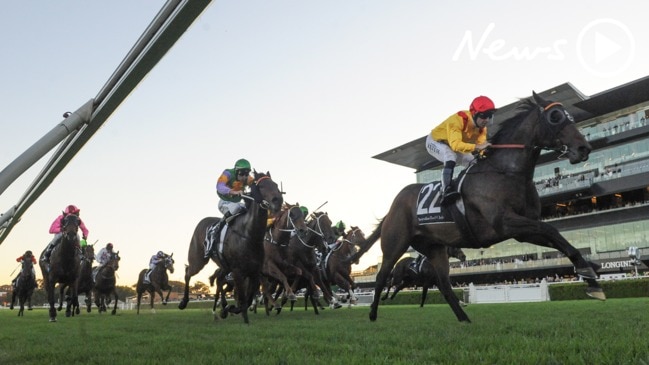
Melbourne Cup
Don't miss out on the headlines from Melbourne Cup. Followed categories will be added to My News.
FROM obscure South African liqueurs to South Australian tuna factory workers, Holy Communion and New Zealand radio shows — we explore how some of the world’s top horses got their names.
MORE SPRING RACING:
MELBOURNE CUP ULTIMATE RACE GUIDE
BENDIGO WINNER OUT OF THE MELBOURNE CUP
$7 FAVOURITE FOR AUSTRALIA’S GREAT RACE
ARWON
1978
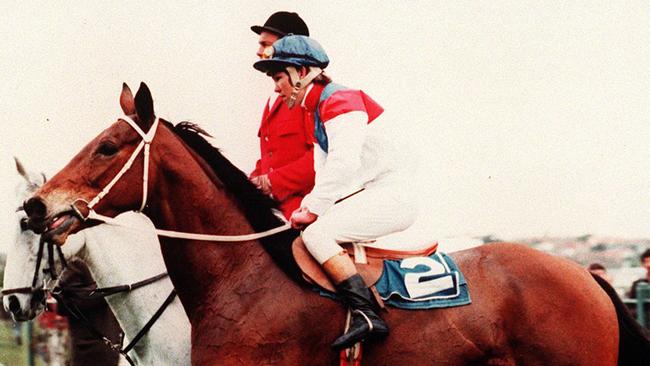
Initially raced in New Zealand as Flash Guy, the horse was sold to a group of friends, most of whom lived in the coastal town of Nowra, about 160km south of Sydney.
Searching for a new name for their horse, one of the owners took the town’s name and spelt it out backwards, coming up with Arwon.
That is not the only link between Nowra and the Cup, with the race’s first winner, Archer (1861 and 1862), being trained at a farm not far from the town.
WINX UNLIKELY TO RUN AT FLEMINGTON
VAN DER HUM
1976
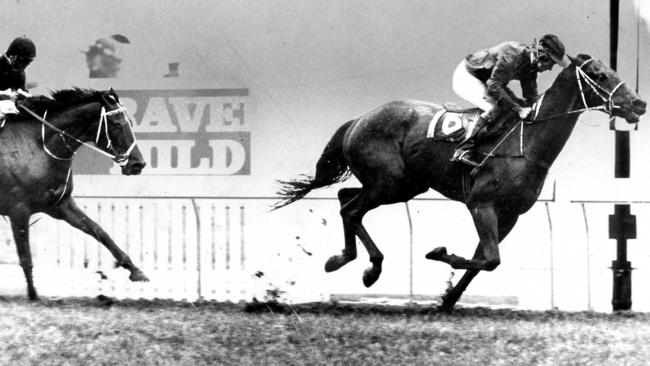
Named after a tangerine-flavoured Dutch liqueur produced in the Cape wine lands of South Africa.
Legend has it that some of the owners were searching for a name for their future mudlark when they spied a bottle of the liqueur behind the bar of a hotel in New Zealand.
“Name him that,” someone said. And they did.
DERBY DAY LAST-MINUTE BETTING GUIDE
GURNER’S LANE
1982

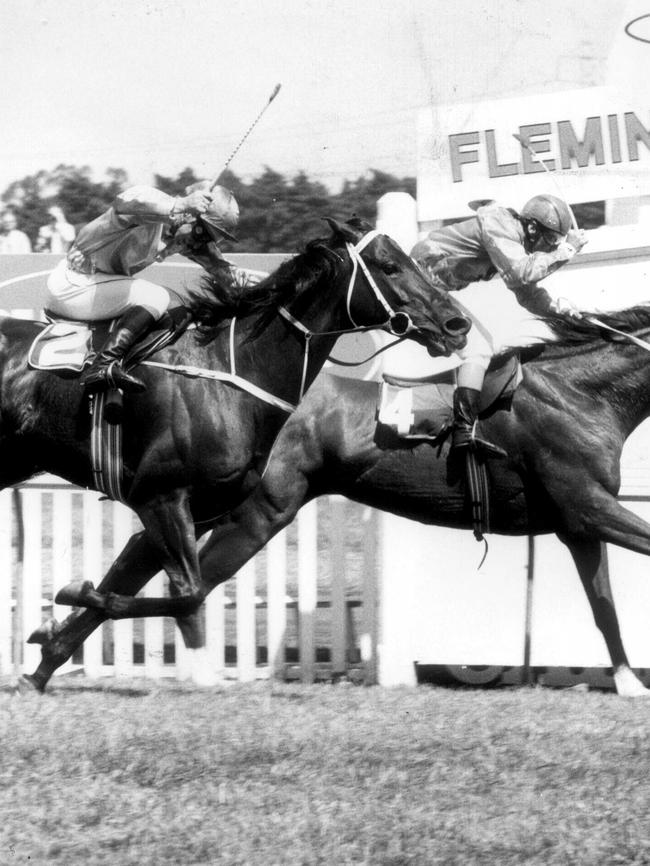
Some of the horse’s owners, including Andrew Ramsden, were members of The Australian Club on William St in Melbourne. The lane which backed on to the club was Gurner’s Lane.
So when Ramsden and his group came to name one of their horses, by Sir Tristram, in the early 1980s, they went with Gurner’s Lane, and the gelding went on to win the 1982 Caulfield Cup and Melbourne Cup.
10 COMMANDMENTS TO AVOID PUNTING OBLIVION
MIGHT AND POWER
1997

Owner Nick Moraitis was searching for a name for his horse by Zabeel out of the mare Benediction when he attended his granddaughter’s Holy Communion.
During the service, the choir regaled the church with a song that included the words “Might and Power” of Jesus Christ.
The three words resonated with Moraitis and, despite his wife’s hesitations, he locked into the name for his horse.
MORAITIS’ RANDWICK DESTINY REALISED
DORIEMUS
1995
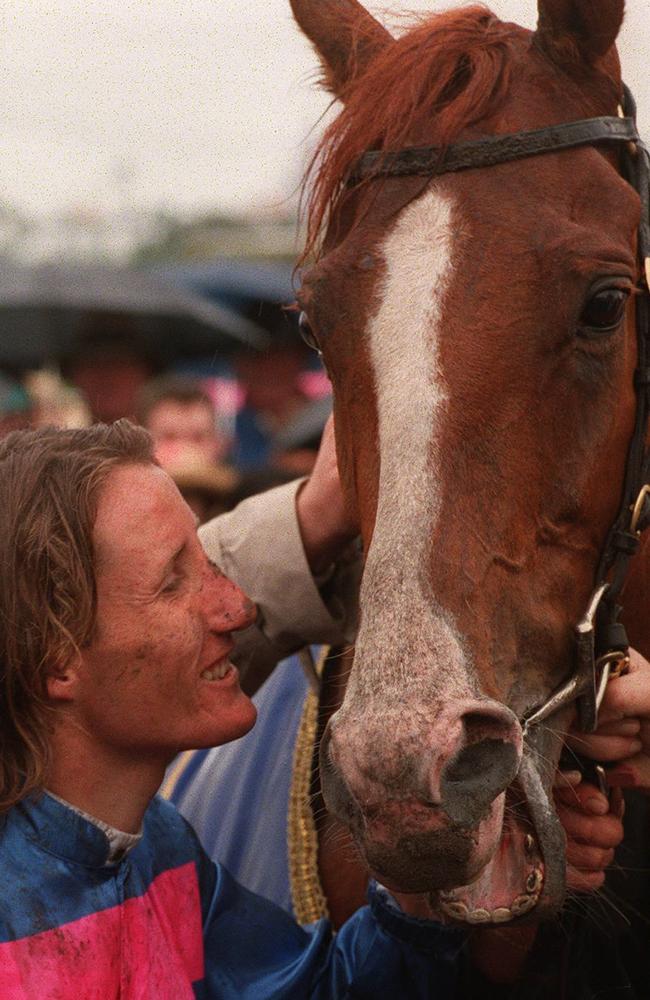
The horse’s original trainer, Kiwi Jim Gibbs, was trying to come up with a name for the lazy two-year-old while driving to a race meeting in New Zealand.
On the radio came the dulcet tones of American announcer John Doriemus with the show he made famous, “The Passing Parade”.
The horse became Doriemus, and when Lee Freedman bought him, he never realised the horse would become as famous — at least in these parts — as the announcer.
KIWI TRAINING COUPLE ZERO IN ON DERBY
PHAR LAP
1930
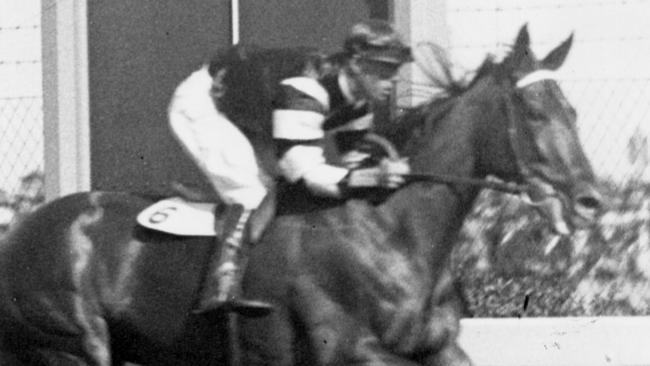
Trainer Harry Telford needed a name for the unraced chestnut he was galloping at Centennial Park in Sydney.
According to the book, The Story of the Melbourne Cup, one of the onlookers was a young Chinese medical student Aubery Moore Ping, who had taken to calling the horse Far Lap, which meant lightning in the Zhuang language.
Other previous accounts suggested it was Sinhalese. Telford insisted the horse needed seven letters in keeping with previous Melbourne Cup winners.
So the horse that would unite a nation during the depths of the Great Depression became known as Phar Lap.
THE DAY PHAR LAP WON THE WORLD’S RICHEST RACE
MAKYBE DIVA
2003, 2004, 2005

Owner Tony Santic came into the office of his Tony’s Tuna business in Port Lincoln, South Australia, one day chasing a name for his filly by Desert King out of his mare Tugela.
Five of his workers — Maureen Dellar, Kylie Bascomb, Belinda Grocke, Dianne Tonkin and Vanessa Parthenis — decided to take the first two letters of their Christian names in an effort to find a name.
They put the letters up on a white board and came up with Makybe Diva, and the rest is history.
HOW MAKYBE DIVA BECAME A MELBOURNE CUP LEGEND
LET’S ELOPE
1991
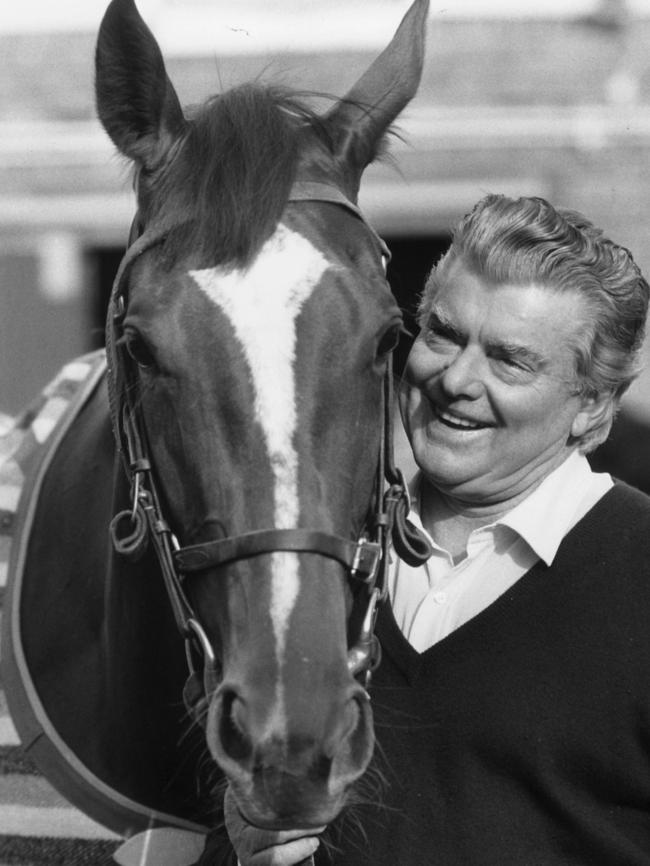

Superbly named, the mighty mare was by leading stallion Nassipour out of a mare called Sharon Jane.
When she was named in New Zealand, the original owners took a look deep into Nassipour’s pedigree and used his sire Blushing Groom and Blushing Groom’s dam Runaway Bride to come up with Let’s Elope as a name.
12 GOLDEN RULES: DERBY DAY DO’S AND DON’TS
ROGAN JOSH
1999
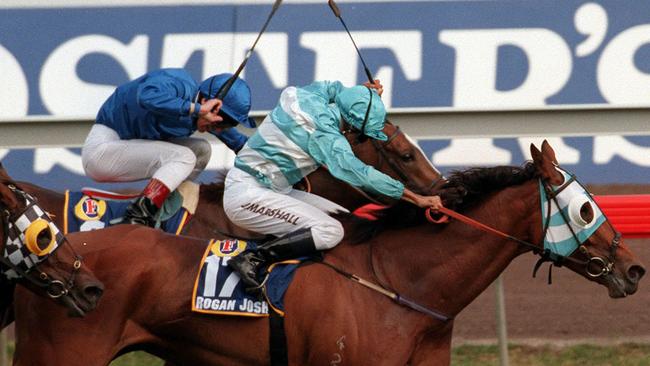
Everything about Rogan Josh’s 1999 Melbourne Cup victory was a fairytale — from the battling horse which finally found a home in the stable of the Cups King Bart Cummings to the owner Wendy Green, whom Bart dubbed ‘Wendy in Wonderland’.
But the naming of the horse came from the gelding’s dam Eastern Mystique.
That led to a host of suggestions until connections settled on Rogan Josh, a lamb curry dish of Persian origins.
THE SIX BIGGEST MELBOURNE CUP UPSETS
LIGHT FINGERS AND RED HANDED
1965 & 1967


Bart Cummings’s first and third Melbourne Cup winners — Light Fingers and Red Handed — were both sired by Le Filou. The English translation for Le Filou is the thief.
So Light Fingers was aptly named when the mare sailed to success in 1965 and two years later Red Handed did the same.
Originally published as Melbourne Cup history: How these 11 champion horses got their names
